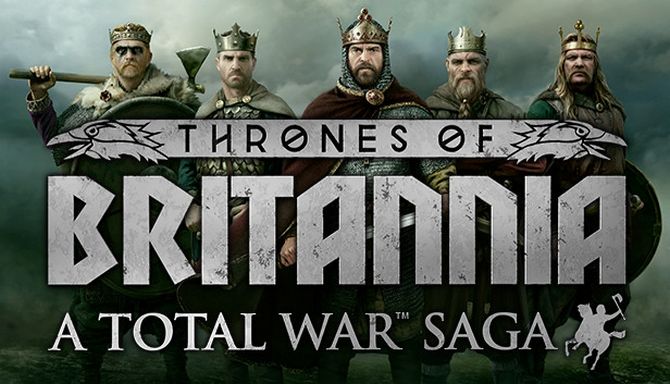Draca - Mailed Spearmen
This transport ship is light and easy to manoeuvre, but almost defenceless if attacked.The best-equipped of the Saxon ranks are the most feared spearmen on the battle lines.
For most of history the only way to move cargoes and people over long distances at any kind of reasonable speed was by water; this remained true until the invention of the railway. Trading vessels carried goods, following the coastlines for the most part, and up navigable rivers. The pattern of settlement and colonisation was almost entirely based on where ships could go. It was also considerably easier to move armies by sea than march them long distances. Trade ships were hired or requisitioned for such tasks, and this was an added incentive for generals to reach a quick conclusion to a campaign: war hurt trade, and used up ships needed for vital food supplies.
(Mailed Spearmen)
The Saxons were not only warriors by nature, but also by name. The term ‘Saxon’ was thought to have been used by the Romans to describe the West Germanic tribe from which the Anglo-Saxons descended – the ‘Seaxe’ in Old English, also simply meaning ‘knife’. By extension, Saxon quite literally means ‘warrior with knives’. In the third century, pressure on the Roman Empire's northern frontier due to alarmingly frequent Saxon raids led to dedicated defence of the 'Saxon Shore' on both sides of the English Channel. Following the collapse of the Western Empire in the fifth century, several branches of Saxons, along with their neighbours the Angles and Jutes, migrated to the former Roman province of Britannia. Over the ensuing years, the settled Saxon peoples founded powerful kingdoms there and eventually became known as the Anglo-Saxons.
As the etymology of their name suggests, the Saxons were a people defined by battle and conquest. Armed with spears, they were arguably wielding the oldest purpose-built weapon in existence. Given its comparative cheapness and ease of construction, the spear was one of the most commonly used weapons among all classes of fighting men before and throughout medieval times. Its notable advantage was the longer reach it afforded its bearer, enabling effective engagement with a larger or mounted enemy who might otherwise be out of reach. The Viking tendency to emblazon spears with ostentatious decorative carvings indicates that some were primarily used for thrusting rather than throwing, reducing the possibility of losing what were obviously prized weapons.
Unit Name Draca - Mailed Spearmen |
Main Unit Key shp_eng_mailed_spearmen |
Land Unit Key eng_mailed_spearmen |
Naval Unit Key vik_draca |
Soldiers 160 |
Category Heavy Ship |
Class Melee Ship |
Custom Battle Cost 850 |
Recruitment Cost 850 |
Upkeep Cost 225 |
Hull Strength |
└ Ship vik_draca |
Speed |
Melee Skill 38 |
Melee Damage 32 |
├ Melee Weapon vik_spear |
├ Melee Base Damage 22 |
├ Armour-piercing Damage 10 |
├ Armour Piercing No |
├ Attack Against Cavalry 25 |
├ Attack Against Elephants 0 |
└ Attack Against Infantry 0 |
Charge Bonus 26 |
Melee Defence 78 |
├ Base Defence 38 |
├ Shield vik_large |
└ Shield 40 |
Armour 32 |
├ Armour vik_mail_heavy |
├ Armour Defence 32 |
└ Shield Armour 0 |
Health 100 |
├ Man Entity vik_inf_heavy |
├ Man Health 100 |
└ Bonus Hit Points 0 |
Morale 49 |
Abilities
Mailed Spearmen- Shield Castle
"Heads down, lads, things are about to get a little hairy around here!"
Units cannot move in this formation.
Attributes
- [[col:yellow]]Expert Charge Defence[[/col]]
This unit’s melee attack and damage are increased against charging enemies. - [[col:yellow]]Disciplined[[/col]]
This unit does not suffer a morale penalty when the general dies. It can also rally after routing more often. - [[col:yellow]]Hide (forest)[[/col]]
This unit can hide in forests until enemy units get too close.
Strengths & Weaknesses
No Strengths and Weaknesses


 Français
Français Italiano
Italiano Deutsch
Deutsch Español
Español Русский
Русский Čeština
Čeština Polski
Polski Türkçe
Türkçe Português (Brasil)
Português (Brasil) 한국어
한국어 简体中文
简体中文 正體中文
正體中文
